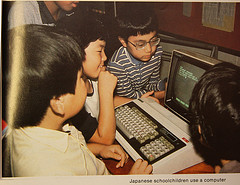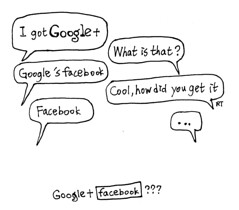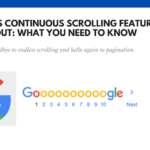The Internet is here to stay and is becoming a part and parcel of daily lives. Children too from an early age are using computers for games , academics and connecting to friends. They need guidance and their online activities need to be monitored not from the stalking perspective but to guide them and clear any misconceptions they develop while watching certain content for which they may not be mature enough to distinguish between what is good for them and what might harm them.
Image by Sam Howzit via Flickr
The activity which might create distorted impressions has the potential of giving the right options to the children too, it all depends how responsible you are as a marketer or developer .
All business schools emphasize on the social objectives of business along with marketing, sales , administration, etc. online business is no exception.













